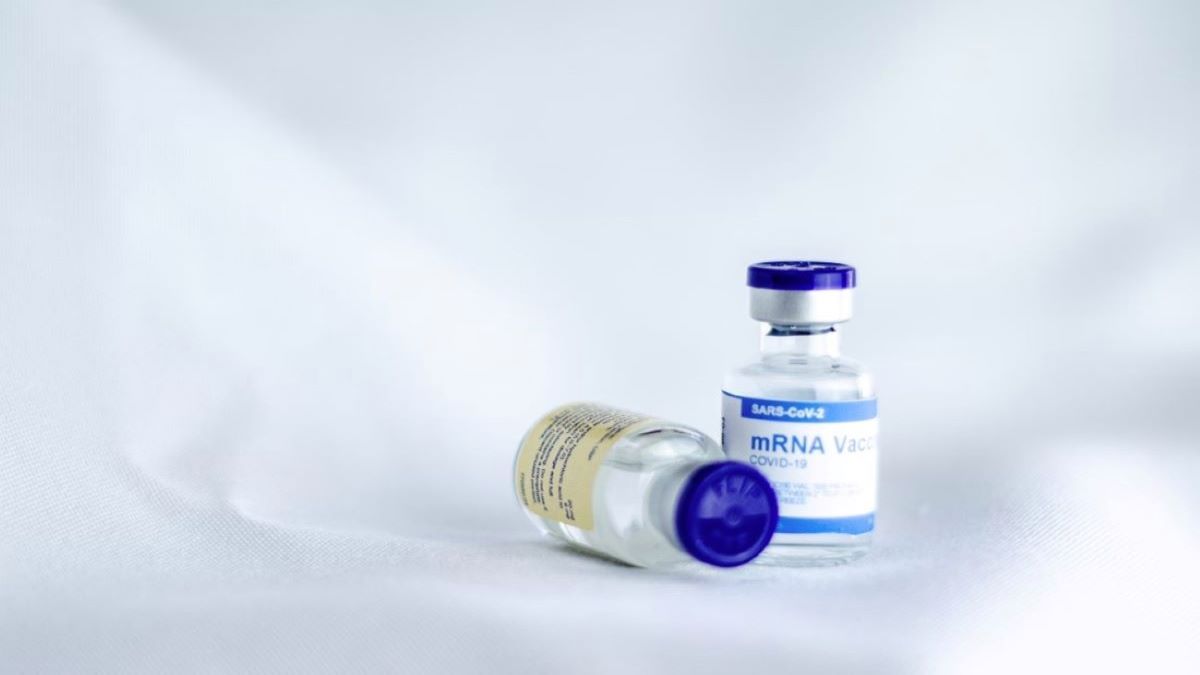
August 15, 2022
Antiviral vaccines have had a monumental role in revolutionizing modern medicine by providing individuals with a high degree of protection against some of the deadliest diseases humans have encountered throughout history. Their ability to treat and prevent the world’s most persistent viruses has become even more evident since the onset of the Covid-19 pandemic that caused severe global concern and widespread illness. Vaccine research, production and immunization campaigns have helped save billions of lives around the world and are notably the most effective method of preventing the spread of harmful diseases within Canada. Much of this success is heavily dependent on the design and execution of an immunization program to ensure adequate coverage of the target group and proper inventory management, storage, and handling to prevent damaging the vaccine during transport. Failure to properly protect a vaccine from the time it is manufactured until it is administered can lead to a dramatic reduction in vaccine potency and effectiveness as well as cause a substantial amount of wastage. Keeping a vaccine safe throughout the entire transportation process poses a massive challenge to vaccine administrators and distributors as it requires them to follow an elaborate protection plan to ensure the vaccine is delivered to a patient properly.
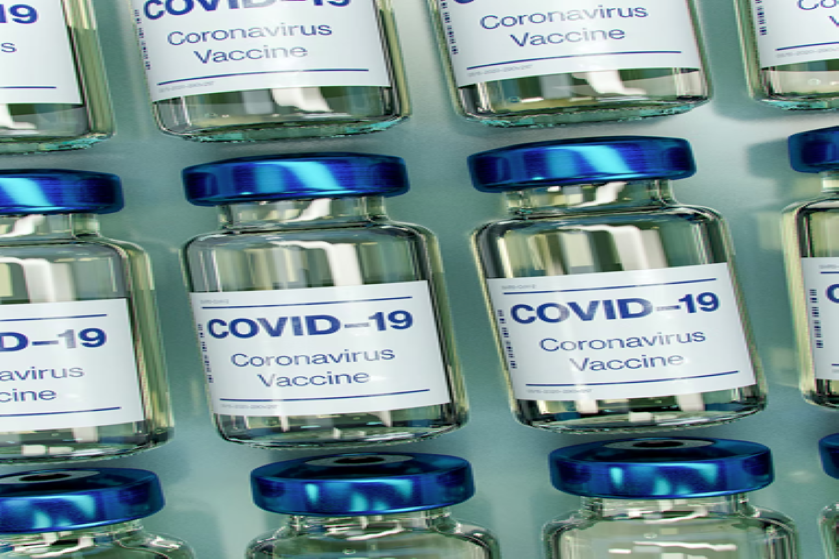
Figure 1: Covid-19 vaccine
A number of global organizations govern the rules and regulations surrounding the proper handling and storage of a vaccine. Some of the most influential governing bodies include the World Health Organization (WHO), the Center for Disease Control and Prevention (CDC), and UNICEF. It is important for the regulations these professionals create to consider all organizations and health administrators that comprise a vaccine delivery network when they design a handling and transportation plan to ensure that the vaccine remains adequately protected throughout the entire delivery process. This network normally consists of pharmaceutical companies, general practitioners, surgeons, pharmacies, and vaccine provider organizations all of which play a key role in the distribution of a vaccine. A poorly designed and executed delivery chain can cause irreversible damage to a vaccine and reduce its potency making it significantly less effective at battling a harmful disease.
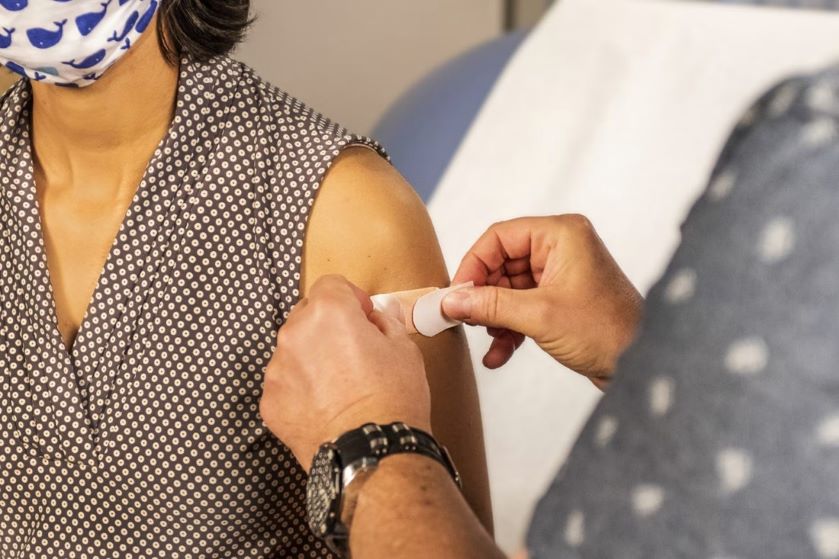
Figure 2: Patient prior to receiving a vaccine
The majority of vaccines used throughout Europe and North America are live attenuated, killed/inactivated, and subunit or subunit conjugate vaccines. Live attenuated vaccines are normally the most heat sensitive and elicit the strongest and longest lasting immune response. This high effectivity of live attenuated vaccines is due to them being composed of living organisms that are significantly more fragile than chemically made substances. This variety of vaccines must be kept in a stable state so they are still able to self-replicate in order to stimulate immunity. To keep live attenuated vaccines at their intended potency level, most distributors will freeze dry (lyophilized) them during manufacturing to help the live ingredients maintain their ability to replicate. Inactivated and subunit vaccines lack any forms of life, so they are easier to distribute and administer without compromising viability. Although these vaccines may be easier to handle than live attenuated vaccines, they are less effective at stimulating immunity but can be an excellent alternative to the trickier to handle vaccines, especially in regions that lack adequate vaccine storage equipment. The vaccine used to treat and prevent rabies is an excellent example of an inactivated (or killed) vaccine that has been heavily relied upon around the world to treat this animal to human transmitted, life-threatening disease.
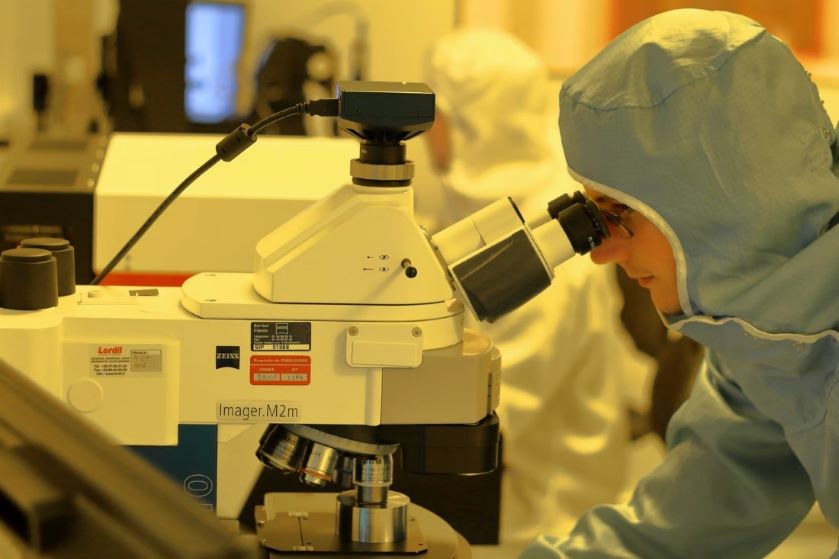
Figure 3: Scientist working in a lab attempting to design a viable vaccine.
Vaccines that are naturally less effective at stimulating immunity such as inactivated or subunit vaccines can contain several additional ingredients that can help boost their protective powers. One very popular additive to an inactivated vaccine is aluminum; however, this common metallic ingredient can make these vaccines substantially more susceptible to freezer damage if the temperature of a storage fridge dips too low. A number of non-living or subunit vaccines are able to be stored at room temperature for a short period of time but most facilities will err on the side of caution and keep their vaccines in a refrigerator regardless of their degree of temperature sensitivity.
Global health organizations continuously emphasize the importance of keeping vaccines at a stable temperature so much so that they even designated a special term for this network of refrigerators and freezers a vaccine will encounter throughout its lifespan. This global web of cold rooms, freezers, refrigerators, ice boxes and carriers are known as the vaccine cold chain and it is utilized by all handlers of a vaccine from the time the substance is manufactured until it is given to a patient in a syringe. Implementation of a vaccine cold chain ensures that heat-sensitive vaccines do not lose any potency throughout the transportation process as once this potency is lost, it cannot be restored and the vaccine must be disposed of. Recently, the vaccine cold chain has become a popular topic in the media as two of the most widely distributed and administered Covid-19 vaccines made by Moderna and Pfizer both require strict thermal regulation to maintain their integrity. The Pfizer-BioNTech vaccine is particularly difficult to transport due to its required storage temperature being -70°C compared to The Moderna that only requires a balmy -20°C.
In order to safely transport these temperature-sensitive Covid-19 vaccines, manufacturers will ship them in highly insulative cold boxes that contain a set amount of dry ice that must be periodically replaced in order to keep temperatures extremely low. This transportation method is still highly susceptible to vaccine spoilage as there is a risk that the vaccines will become exposed to undesirably warm temperatures when the dry ice is being replaced. In order to minimize the risk of spoilage, refrigerator manufacturers are attempting to design a cold box that utilizes vacuum insulation panels to maintain an even more controlled internal temperature.
These modern and highly insulative cold boxes utilize vacuum insulation to prevent all heat conduction and air movement from penetrating the cold box. Using vacuum insulation panels to construct a cold box allows manufacturers to maximize the R-value of the cold box without compromising the amount of space the storage container occupies. These extremely insulative walls are designed and installed in a particular arrangement that creates a vacuum between the inside of the container and the outside environment. Since convection and conduction cannot occur within a vacuum, they help increase the insulative value of the container and decrease its thermal conductivity by restricting the movement of any heat through it. Some manufacturers have been able to design vacuum insulative panels with a thermal conductivity as low as 0.002 W/(m/K) which would almost completely prevent any and all heat transfer from occurring.
The CDC recommends vaccines be held in a refrigerator with a temperature between 2-6 degrees Celsius with a maximum exposure temperature of 8°C. Their guidelines state that as long as the average temperature of the fridge holds steady at approximately 5°C, little damage to the vaccine is expected to occur. As for the temperature of a freezer, the CDC recommends that the freezer be held between -50°C and -15°C. It is also crucial for a vaccine storage facility to use a medical grade fridge that completely differs from a common household refrigerator that is used to store food products. These specialized fridges and freezers come equipped with door alarms and extra fans to facilitate forced air circulation that prevents the development of cold and warm spots in larger fridges. All vaccine storage facilities should include a digital temperature logger that takes real time readings of the ambient air temperature in order to alert lab technicians of any deviations from the normal temperature before a vaccine becomes physically damaged. Readings from these temperature loggers needs to be recorded for at least three years following the construction of a vaccine cold storage facility so that long term trends and any reoccurring problems can be traced, located and immediately solved. Some examples of vaccines that need to be stored in a fridge include Hepatitis A and B, HPV and the influenza vaccine.
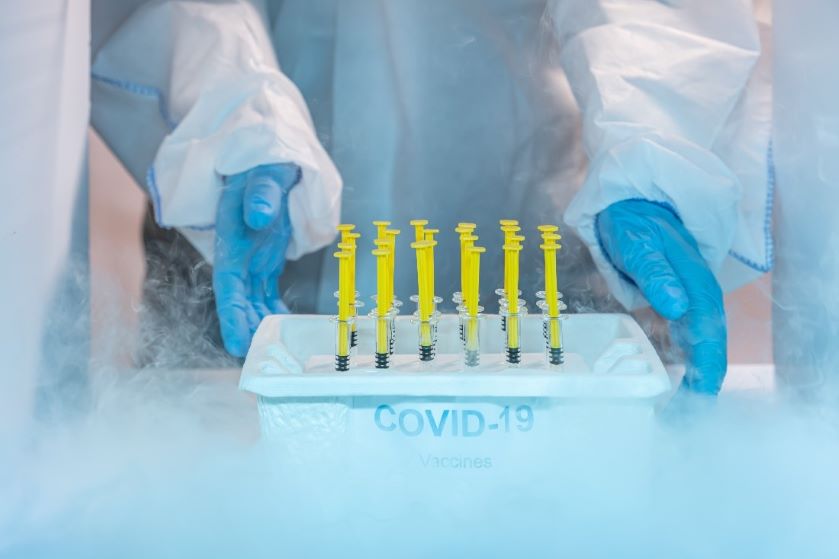
Figure 4: staff distributing covid-19 vaccine tray inside the freezer
When a vaccine requires additional transportation from a storage facility to a client’s home or a satellite clinic it is normally placed in a designated “cold box” that also contains a temperature logging device to display thermal maximums and minimum readings. Cool packs are also used as an alternative to ice packs to prevent any uneven freezing from occurring and vaccines are normally secured in bubble wrap or protective plastic to keep them from coming into direct contact with the cool packs.
Despite the numerous precautions taken to avoid vaccine damage and potency loss during storage and transportation, a number of issues with the cold chain can still arise. These reoccurring issues highlight how important it is that all staff members and clinicians be properly trained and educated on safe vaccine handling and storage. Some of the most common issues that occur during a cold chain include accidentally storing the vaccine at an improper temperature, switching the fridge off or leaving the fridge door open unintentionally. Sometimes there is also a lack of monitoring equipment available to properly regulate the temperature of the vaccine’s surrounding environment. Regardless of the sensitivity of a specific vaccine, it is still extremely important that all preventative measures be taken to avoid incidents such as these from occurring and to ensure that as many patients as possible receive adequate treatment for a given disease.
Author: Kallista Wilson | Junior Research Scientist | Thermtest
Canada, H. (2020, December 9). Pfizer-BioNTech COVID-19 vaccine: What you should know [Education and awareness]. Aem. https://www.canada.ca/en/health-canada/services/drugs-health-products/covid19-industry/drugs-vaccines-treatments/vaccines/pfizer-biontech.html
COVID-19 Vaccines Deserve VIP Treatment from the Cold Chain. (2021, February 9). https://na.panasonic.com/ca/trends/covid-19-vaccines-deserve-vip-treatment-cold-chain
KaiserNov. 16, J., 2020, & Pm, 5:55. (2020, November 16). Temperature concerns could slow the rollout of new coronavirus vaccines. Science | AAAS. https://www.sciencemag.org/news/2020/11/temperature-concerns-could-slow-rollout-new-coronavirus-vaccines
Purssell, E. (2015). Reviewing the importance of the cold chain in the distribution of vaccines. British Journal of Community Nursing, 20(10), 481–486. https://doi.org/10.12968/bjcn.2015.20.10.481
What is a cold chain? (n.d.). Retrieved May 6, 2022, from https://www.unicef.org/supply/what-cold-chain
Why Cold Chain Is Important to Vaccines. (n.d.). Retrieved May 6, 2022, from https://www.madgetech.com/posts/blogs/why-cold-chain-is-important-to-vaccines/